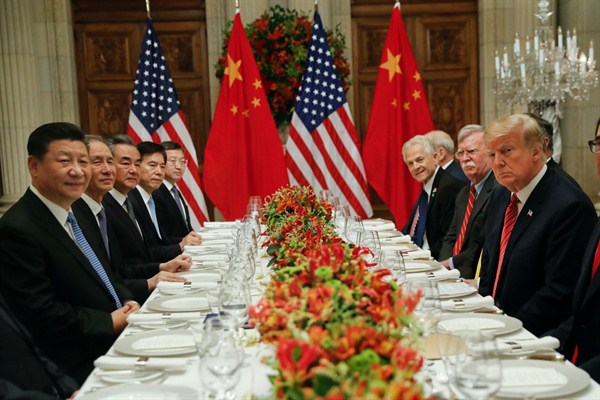Washington and Beijing are a little over two weeks away from their self-imposed March 1st deadline to reach a sweeping trade agreement that addresses China’s alleged unfair trade practices. If they fail, and the current truce in their trade war ends with no deal, the costs will be substantial for both sides. The United States imports more goods from China than any country in the world—roughly $500 billion in 2017—and a breakdown in the talks could lead to even higher tariffs on at least half of that. Right now, under the tariffs steadily imposed by President Donald Trump, the U.S. Customs Service is collecting additional duties of 10 percent on $200 billion in imports from China and 25 percent on another $50 billion. If no deal is reached by March, the 10 percent tariffs will also rise to 25 percent.
China does not import enough goods from the U.S.—$130 billion total in 2017—to match Trump dollar for dollar. But Beijing retaliated with an equivalent 25 percent tariff on $50 billion in American exports in the first round of this fight, and tariffs of 5 percent to 10 percent on another $60 billion in the second round. The Chinese authorities also have many other ways to make life miserable for companies operating in China or trying to export there. Since the trade war began, some American firms have reported shipments being held up in Chinese ports and having to undergo far more extensive inspections than before.
There has been some progress since Trump and Chinese President Xi Jinping agreed to their truce in Buenos Aires in December, and China seems eager to get a deal. After a late-January round of negotiations that Chinese and U.S. officials both described in relatively positive terms, China placed another large order for American soybeans. Prior to that, Beijing had reduced the retaliatory tariff on U.S. automobile exports from 40 percent to the 15 percent levied on other countries’ exports and announced it was stiffening the penalties for intellectual property theft.

